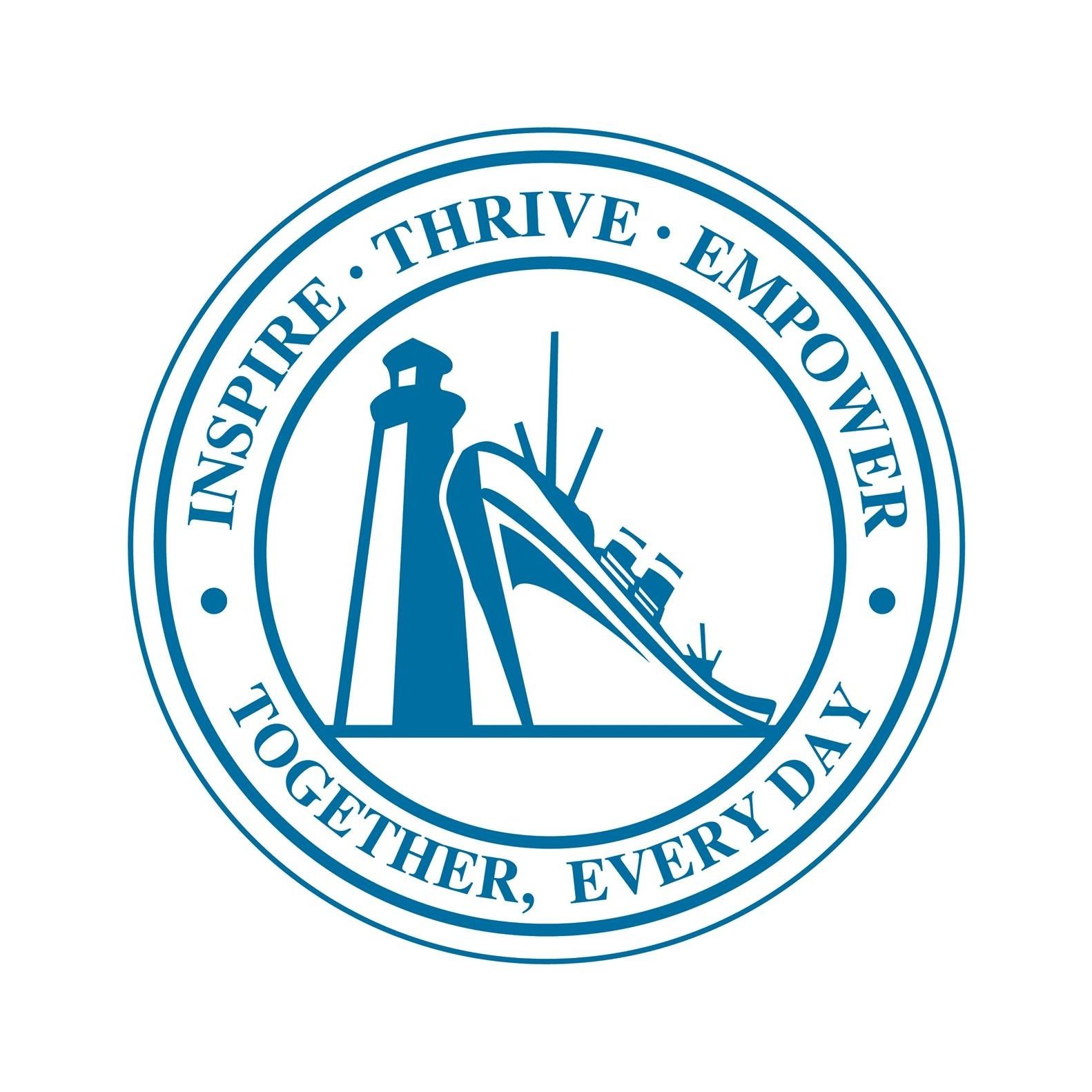Student voice refers to the perspectives and input of students on their educational experience. From pedagogical effectiveness and school climate to engagement and growth mindset, students’ perspectives have never been more critical to ensuring supportive learning environments.
For district leaders, student voice can be a key component of decision-making processes. Student voice informs important aspects of school culture, climate, and learning. Additionally, combining student voice data with academic and behavioral data provides a more holistic view of student needs and school effectiveness.
By integrating student voice data into an MTSS, district leaders can create a more responsive, effective, and student-centered support system that addresses the needs of all learners.
|
Key Takeaways:
|
Gathering Student Voice Data
The first step in acting on student voice is gathering meaningful data on students’ educational experiences. Many districts turn to surveys to assess this, measuring topics such as student perceptions of school safety, climate, and classroom experience.
For example, Panorama’s Student Survey is used by thousands of schools across the country. For over a decade, districts nationwide have relied on Panorama Surveys to elevate student voice. In particular, Panorama’s Student Survey helps uncover student needs for academic success and amplifies student voices to inform decision-making.
In addition to these annual or biannual surveys, educators also need to understand—and act on—student voice throughout the year; for example, during morning meetings, advisory periods, small group interventions, or general class. A critical supplement to Panorama’s Feedback Surveys, Panorama’s Check-Ins empower educators to collect quick perception data from students to deliver frequent, rapid supports throughout the year.
Where to Incorporate Student Voice Data in Your School Improvement Efforts
Student voice data can be a valuable resource for informing your district's MTSS by providing insights into students' needs, experiences, and perceptions. Here are several ways student voice data can inform MTSS:
1. Identifying Needs and Challenges
- Early Identification: Student feedback can highlight issues such as academic difficulties, social challenges, or school safety concerns that might not be evident through traditional assessment methods.
- Personalized Supports: Understanding students' perspectives helps tailor supports to meet their specific needs.
- Right support at the right time: With Panorama Student Success, you can proactively identify who needs support with data updated nightly in one platform. Quickly deliver support using simple intervention planning workflows and research- and evidence-based strategies.
2. Enhancing Tier 1 (Universal) Supports
- Curriculum Relevance: Students can provide feedback on the curriculum, ensuring it is engaging and relevant to their interests and future goals.
- School Climate: Student surveys can assess the overall school climate, helping to create a more supportive environment for all students.
3. Improving Tier 2 (Targeted) Supports
- Intervention Effectiveness: Students receiving targeted supports can share what interventions are working and where improvements are needed.
- Behavioral Insights: Student input can provide context for behavioral issues, leading to more effective and empathetic interventions.
- Research-Backed Interventions: Save time with intervention recommendations from the district-configured intervention library or Playbook, which includes 900+ evidence-based and research-backed interventions and strategies across math, ELA, attendance, behavior, and well-being.
4. Refining Tier 3 (Intensive) Supports
- Individualized Feedback: For students receiving intensive support, direct feedback can ensure these interventions are personalized and responsive to their unique circumstances.
- Monitoring Progress: Regular input from students can help educators track the effectiveness of interventions and make necessary adjustments in real time.
5. Fostering Student Engagement and Ownership
- Empowerment: Involving students in the decision-making process fosters a sense of ownership and responsibility for their own learning and well-being.
- Engagement: Students who feel heard and valued are more likely to engage actively in their learning and intervention plans. In fact, highly engaged students are 57% less likely to be chronically absent in school than students who report low engagement.
6. Enhancing Communication and Collaboration
- Building Trust: Open channels for student feedback build trust between students and educators, enhancing collaboration.
- Family Engagement: Insights from students can help schools engage families more effectively in the support process.
7. Supporting Data-Driven Decision Making
- Comprehensive Data: Combining student voice data with academic and behavior data provides a more holistic view of student needs and school effectiveness.
- Continuous Improvement: Regularly collecting and analyzing student voice data ensures that MTSS practices are continuously refined and improved based on real-time feedback.
- Make More Data-Driven Decisions: With Student Success, leaders can leverage school and district dashboards to monitor performance against strategic goals and make informed decisions about programs and resourcing. Educators can monitor student progress daily and weekly to evaluate intervention efficacy and adjust supports.
8. Uncover Professional Learning Needs
- Inform Targeted Professional Development: By analyzing student voice data, districts can design professional learning programs that are directly aligned with the identified needs. This can lead to training in differentiated instruction to meet every student's learning needs and ensure educators are equipped with strategies to support students effectively at all tiers.
- Ensure Professional Learning Relevance and Effectiveness: Regularly incorporating student feedback into the planning process ensures training programs remain relevant and impactful. This can help in keeping professional learning aligned with the evolving needs of the student population and ensuring teachers are equipped with up-to-date strategies and tools.
|
Gain a 360° view of students with Panorama Student Success: Get a “panoramic” view of student data across academics, attendance, behavior, and more to understand every student’s unique story and needs across the district. Seamlessly integrate Panorama with your student information system and assessments. See student survey data from Panorama alongside academic data for a more complete picture of students’ strengths and challenges. |
Sharing Student Voice Data District-Wide & Use Cases
If your district is already capturing student voice data, consider maximizing its impact by sharing this valuable feedback with the appropriate stakeholders. By distributing this data to the right departments and individuals, you can ensure that decisions are informed by direct student input.
This approach not only enhances the effectiveness of your MTSS, but also fosters a more responsive educational environment. Consider the following ways to share student voice data:
- Counseling and Support Services: Discuss how counselors can use student voice data to identify trends in mental health, well-being, and areas where students feel unsupported, leading to targeted support initiatives.
- Curriculum and Instruction: Explain how curriculum planners and teachers can use feedback on instructional methods, curriculum content, and learning environments to adapt and improve teaching strategies.
- Administration and Policy Makers: Show how administrators and policymakers can use this data to make decisions about school policies, resource allocation, and strategic planning that are grounded in actual student experiences and needs.
- Professional Learning: Illustrate how professional learning coordinators can use student feedback to design training programs for teachers that address specific areas of need, such as classroom management and engagement strategies.
Practical Steps for Sharing Data
Effectively sharing student voice data within your district requires a thoughtful approach. By focusing on accessibility, privacy, and fostering a data-informed culture, you can ensure that this valuable feedback is used responsibly and effectively. Here are some practical steps to guide you in this process:
- Data Accessibility: Provide practical advice on how to make data accessible to relevant stakeholders. This could include leveraging a centralized data dashboard, regular data sharing meetings, or detailed reports tailored to different departments.
- Data Privacy and Ethics: Address concerns about data privacy and ethics, and suggest ways to ensure student data is shared responsibly, such as anonymizing data and obtaining necessary consents.
- Building a Data-Informed Culture: Encourage district leaders to cultivate a culture where data is valued and used as a key part of the decision-making process. This might involve training staff on data literacy and demonstrating the impact of data-informed decisions.
Next Steps for District Leaders
The first step to drive school improvement and build a strong MTSS is collecting vital feedback from your community. It’s crucial to choose an established, research-backed survey instrument—like Panorama Surveys.
With 2,000 district partners, Panorama Education is the leading K–12 surveys platform. Panorama Surveys and Feedback supports nearly 50% of the top 100 largest public school districts in the U.S. and 25% of U.S. public school students.
And by integrating survey data into your MTSS, you can turn these insights into better student outcomes—a more responsive, effective, and student-centered support system that addresses the needs of all learners.
Panorama is the only company to offer both feedback surveys and student support/MTSS tools, enabling educators to prioritize students’ needs, experiences, and feedback when developing support plans. This factor ensures that students are at the heart of every decision and action taken within your student support framework.
|
Frequently Asked Questions 1. How often should we collect student voice data to make it most effective for our MTSS? 2. What are the best practices for ensuring that student voice data is representative of all student groups, especially those who might be less likely to participate? 3. How can we train our staff to effectively interpret and act on student voice data? 4. How do we balance student voice data with other data sources (academic, behavioral) to make informed decisions without overwhelming our support teams? |






.png)
.jpg)
.webp?width=478&height=557&name=panorama_student_survey-1%20(1).webp)